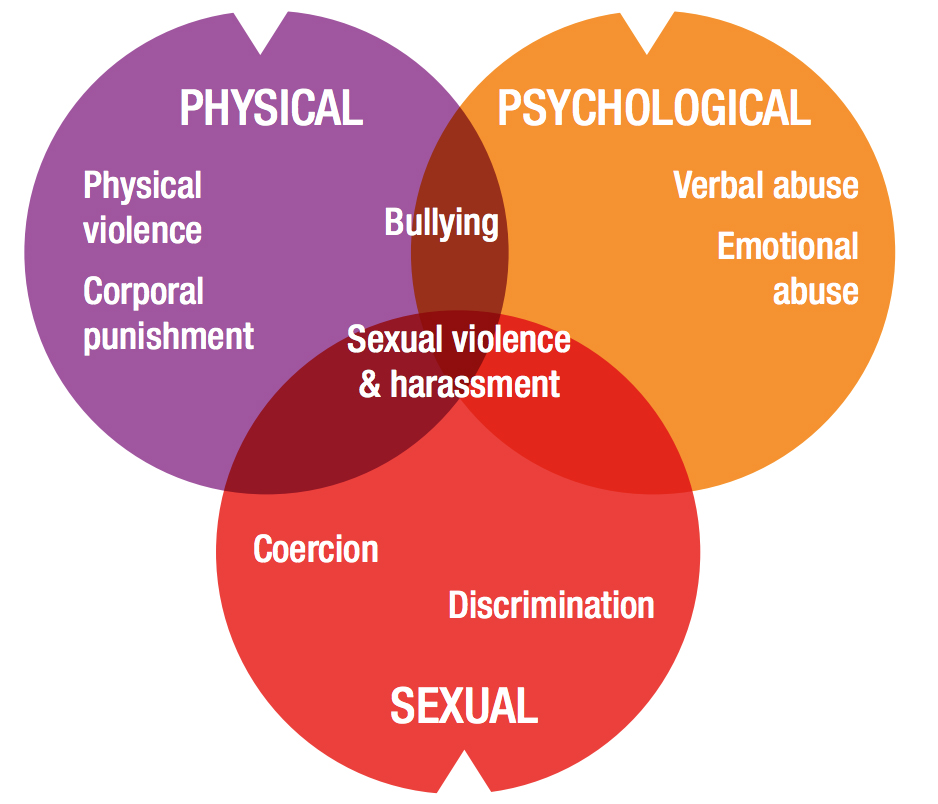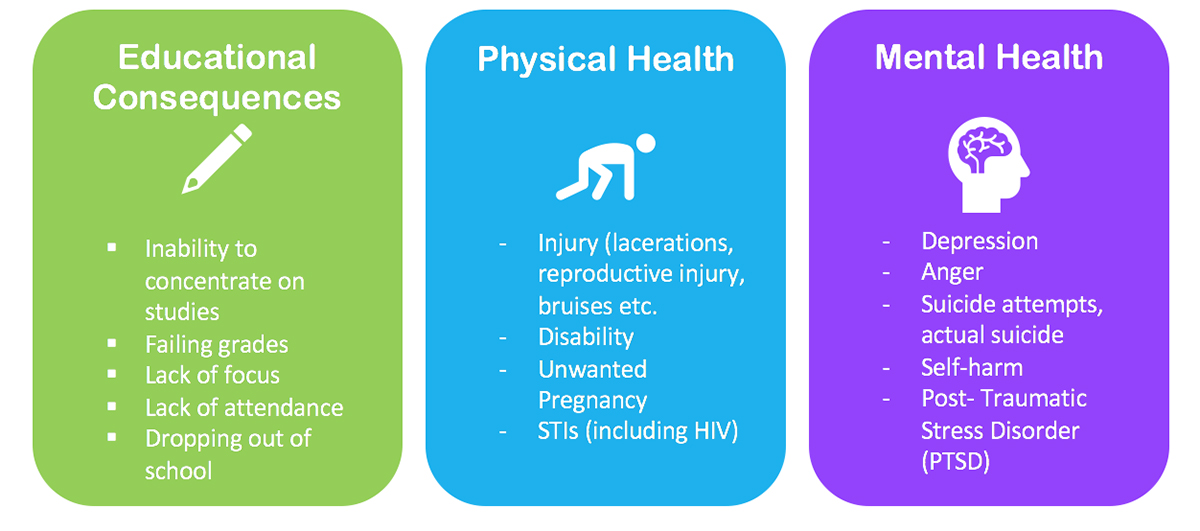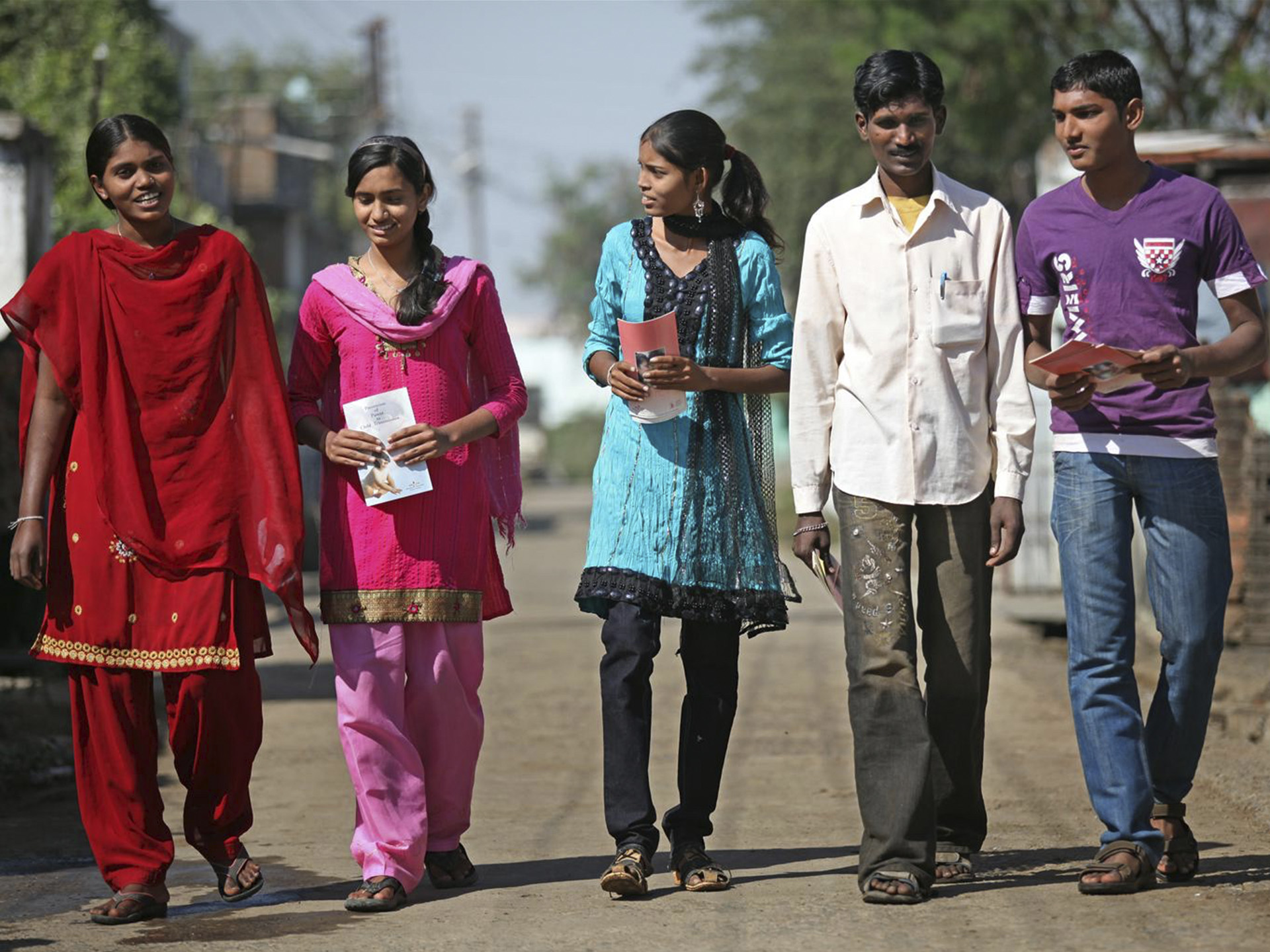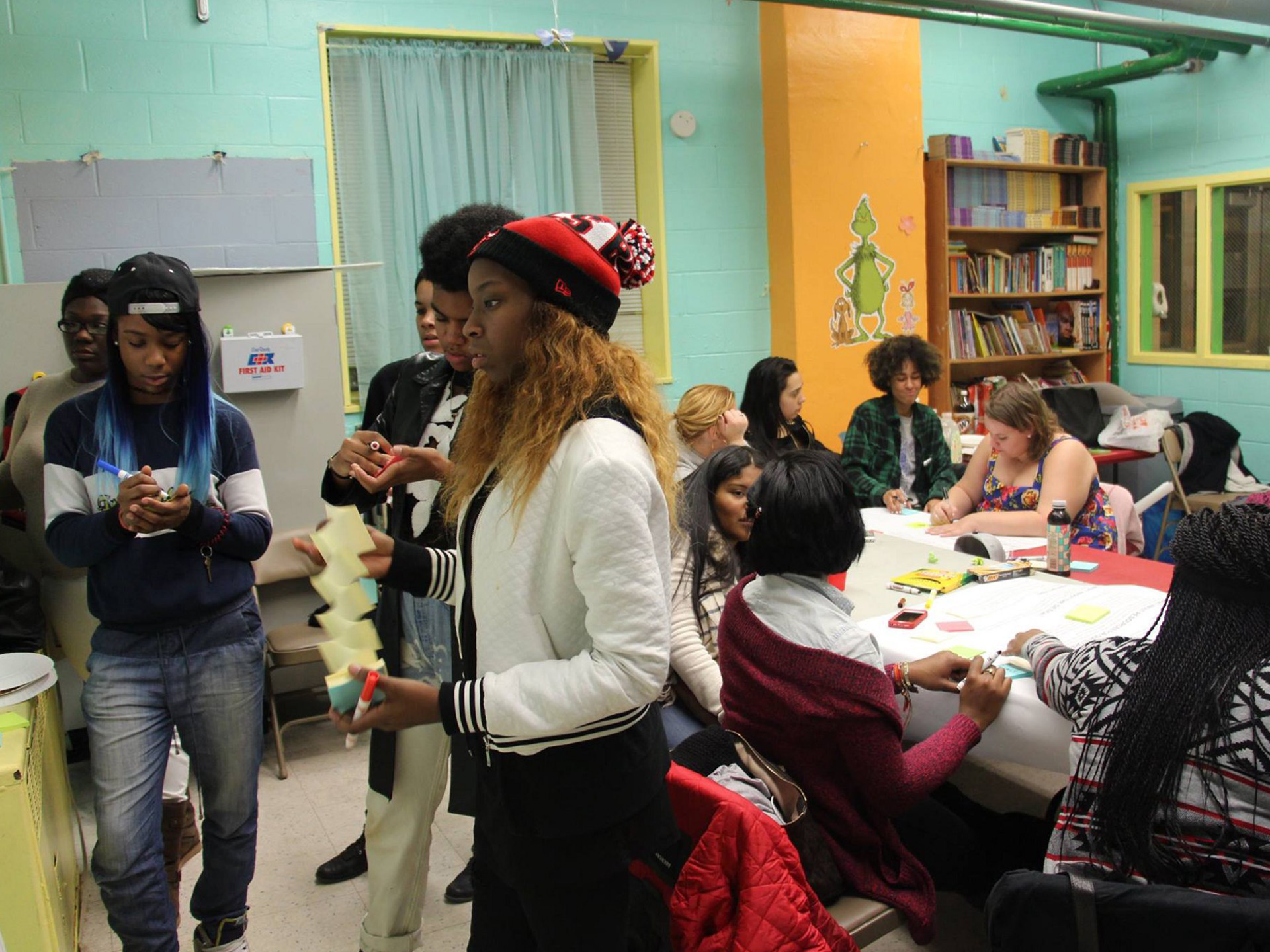School-related gender-based violence (SRGBV) affects children, families, and communities all over the world and can be defined as “acts or threats of sexual, physical or psychological violence occurring in and around schools or academic institutions, mostly as a result of gender norms and stereotypes.”

Schools, whether primary or higher education institutions, have the potential to help address gender inequalities, prevent gender-based violence, increase economic opportunity and allow for societal prosperity. However, SRGBV continues to be a significant threat to school children, particularly girls, stopping them from achieving their full potential in school and resulting in poor learning outcomes, failing grades, feeling unsafe and dropping out of school altogether. SRGBV can also have consequences for mental, physical and reproductive health such as early and unwanted pregnancies, sexually transmitted infections (STIs) and seriously affects psychological and emotional well-being.
Quantifying the impact of SRGBV in terms of educational and financial costs is challenging. Research supported by USAID finds that reduced learning and lack of safety in schools due to SRGBV can lead to the equivalent loss of one primary grade of schooling, with an estimated annual cost of around $17 billion to low- and middle-income countries.

So, what can communities, educators, and governments do to tackle SRGBV?
Recommendations
It is critical to apply a gender lens to end SRGBV and develop effective prevention and response approaches that address the root causes of gender inequality and stereotypes.
1. Adopt feminist aid policies, reform education policies and develop laws to protect children from violence.
- Governments must create and develop laws and policies that protect children from violence and adopt a national policy with an action plan to prevent and respond to SRGBV.
- Governments ought to strengthen connections between education and child protection services in order to create holistic support and response mechanisms both inside and outside of schools.
- Governments should integrate SRGBV in gender-responsive education sector plans and policy frameworks and tackle gender biased teaching and curricula.
2. Create and apply gender-responsive teaching and ensure schools are safe spaces.
- Schools must develop clear codes of conduct and allow for a strong governing body to ensure the code is followed. The code should focus on teachers and school staff and should address gender issues and SRGBV directly.
- Schools must create curricula that work to address the gender norms that result in gender-based violence, and promote gender equality.
- Provide training for education personnel and develop tools to prevent and respond to SRGBV. To achieve this, schools can bring in experts from the field in order to understand the impact GBV has on their students.
- Teachers must be trained in gender-responsive teaching methods, as well as recognising unequal gender norms and stereotypes, and methods to facilitate classroom discussions around these subjects.
3. Exercise inclusive approaches to target SRGBV and increase knowledge in communities.
Raising awareness and developing multi-stakeholder partnerships are key to ending SRGBV. Therefore, we must:
- Engage NGOs, non-profits, civil society, religious groups, community members, and parents in efforts to advocate against and directly tackle SRGBV through participation in school management committees, parent teacher organizations and other groups associated with schools.
- Encourage organizations to hold community workshops and create programs, lesson plans, summer camps focusing on prevention and responses to SRGBV with the participation of parents, teachers, community members and other key stakeholders.
- Ensure collaboration with other sectors (health, social services, police, justice systems.)
4. Youth engagement
- Youth are directly affected by SRGBV, and therefore it is vital that their voices are included in policy and advocacy efforts.
- Young people have the power to create change at the grassroots, generating prevention and awareness raising initiatives tailored to the specific contexts of their schools and communities.
- Youth can take these recommendations to their schools, communities, families, governments, and ministries.

There is no time to wait. We must ensure safe, quality, and equitable education for all. We cannot afford to allow SRGBV to be a barrier to achieving the SDGs and for girls to reach their full potential. We must ensure that no child is denied their right to education because of SRGBV.



 English
English العربية
العربية Български
Български Hrvatski
Hrvatski Čeština
Čeština Dansk
Dansk Nederlands
Nederlands Suomi
Suomi Français
Français Deutsch
Deutsch Ελληνικά
Ελληνικά हिन्दी
हिन्दी Italiano
Italiano Română
Română Русский
Русский Español
Español Maltese
Maltese Zulu
Zulu አማርኛ
አማርኛ